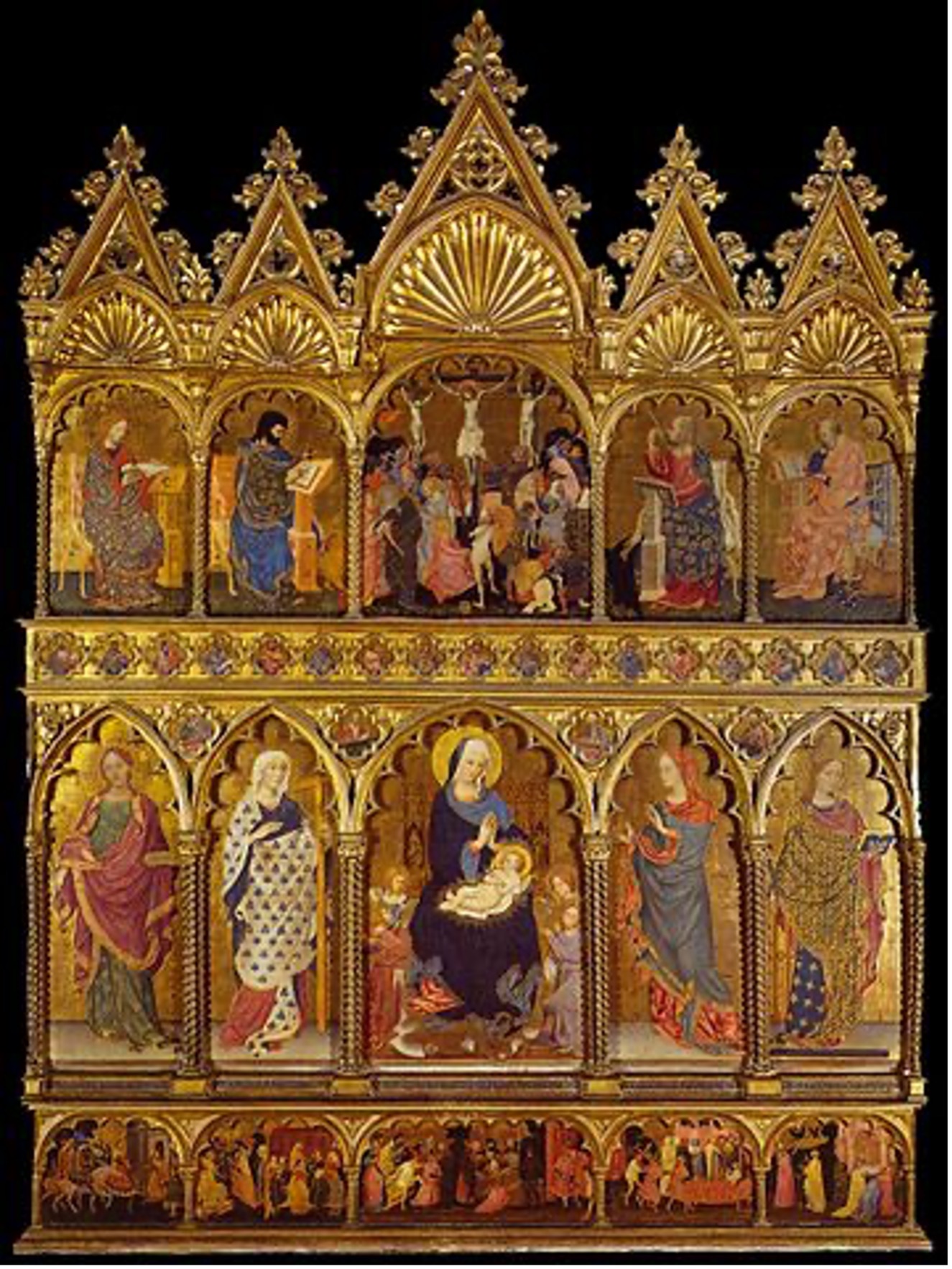The Venetian Branch
Borromeo di Filippo had made Venice his home and he died there in 1422 leaving a vast inheritance, one half of which went to his brother Alessandro di Filippo, with the other half divided between his three sons, Antonio di Borromeo, Galeazzo di Borromeo and Giovanni di Borromeo.
Alessandro di Filippo had initially fled to Venice but was able to return to Florence in 1413 when the ban on the Borromei acquiring citizenship was lifted. On his brother Borromeo’s death in 1422, Alessandro had inherited half of his vast patrimony and the Florentine catasto (assessment of individual wealth) of 1427 shows that he was the fourth richest man in the city. Since 1413 he had acquired a palace, various houses and 27 shops which were rented to weavers, cobblers and notaries, along with other rural properties. Altogether he was worth 57,000 florins of which 50,725 were held as shares in the Monte comune.
However, he seems to have spent most of his time in Venice where between 1418 and 1420 he had a chapel built in the church of Sant’Elena in Castello for the re-burial of the saint and for his own tomb. His nephew Galeazzo commissioned a polyptych by Michele di Matteo of Bologna for the chapel, the main section of which is now in the Accademia in Venice.

Alessandro died in Venice on 8 July 1431 without a legitimate heir. Accordingly, and following the precedent set by his own brother in 1422, his estate was divided between his three nephews. The property division of 1432 brought Galeazzo the house on Lungarno he had lived in after his marriage to Giovanna Gianfigliazzi in 1425; the castle at Castello Santa Maria Novella in Val d’Elsa; 13 farms between Castello Santa Maria Novella and Lucardo (Montespertoli); ninety bonds of the public debt (‘luoghi’) in Genoa; a quarter of the total capital of the bank in Venice and its branches in Bruges and London; five carati (5/24 shares) of the vein of iron on the isle of Elba to the value of 4,700 florins; money in the Monte comune of Florence and ‘paghe sostenute’, worth in all 27,400 florins, along with five Russian slaves.
To Antonio came all the goods that his father Borromeo had possessed in Tuscany, at Padua, in the Veronese and the Bolognese, along with a quarter of the total capital of the Venetian bank and its branches in Bruges and London. Finally, Giovanni received a further quarter of the capital of the Venetian bank and its branches; property in Florence, Montopoli (in the Val d’Arno), San Casciano and Castel Vecchio, along with money in the Monte Commune of Florence, worth in all 24,000 florins.